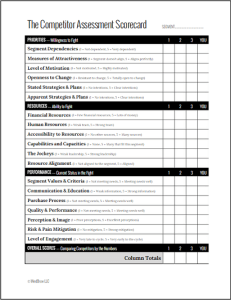Back in World War II, US bomber crews faced a daunting statistic—on each mission they went on, there was about a 50% chance they would get shot down and not make it back.
The US Army Air Force knew that any small improvement in that statistic would make a big difference—and they set out to add more armor to the bomber aircraft to help protect them. But armor adds weight to the bombers, which minimizes their endurance and payload, so they needed to be judicious in adding it.
Thankfully, they had a ton of data at their disposal to help. They knew where damage tended to accumulate from all the aircraft that successfully returned from missions—near the tail gunner, along the wings, and down the fuselage. They just needed to adding armor to those places, right?
That’s exactly what many commanders wanted to do. But this was an incredibly foolish idea, as mathematician Abraham Wald pointed out.
These commanders had given into survivorship bias. The data that they had was incredibly useful, but it was from the planes that made it back—not the planes that were fatally shot. The data showed not where armor needed to be, but where a plane could get hit and still survive. To give the bombers a better chance, Wald reasoned that armor needed to be placed where these surviving aircraft hadn’t been hit.
Survivorship bias is everywhere–including pricing. It’s just human nature to focus on survivors—which means we often miss the other side of the equation. Here are just a few areas in pricing where we tend to find it:
We focus on the deals we’ve won
When we win a deal, we know those prices worked, right? But we can learn so much more by also investigating the deals that we’ve lost—was it the pricing…the value story…the product…the sales strategy? Ignoring those lost deals means we’re missing huge opportunities to improve. This diagnostic, Finding Margin Leaks in Your Sales Processes, can help improve pricing results by identifying the areas in sales processes you might be missing.
We focus on the segmentation that seems to work
When your price segmentation model is weak, the entire foundation of your pricing efforts will suffer. But it’s easy to think that your model is working simply because results are better than they were before. How can you know if your price segmentation model is as effective as it should be? This 21-point diagnostic assessment, 21 Questions About Your Price Segmentation, helps you measure how good your model really is and uncover potential areas of improvement.
We focus on the the pricing strategy we have
If you’re making money hand over fist, then your pricing strategy must be effective…right? Wrong. There are so many factors at play in pricing that it can be difficult to know if your strategy is really effective or not. This simple self-assessment, Ten Signs Your Pricing Strategy Stinks, can help determine whether the odds are for or against your pricing strategy.
As these examples show, it’s so easy to miss the big picture when we only see the survivors. But small improvements can greatly improve results–just like they can save more bombers. And often, those small improvements will come from the data that’s missing or ignored—not the data you’re focusing on.













